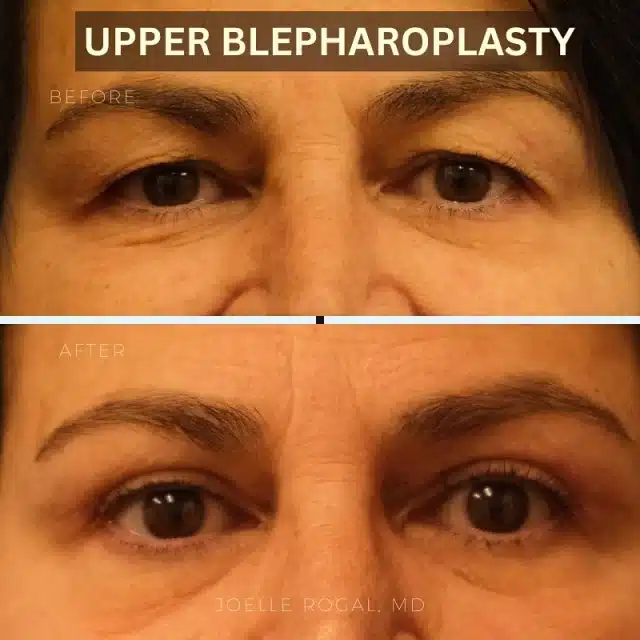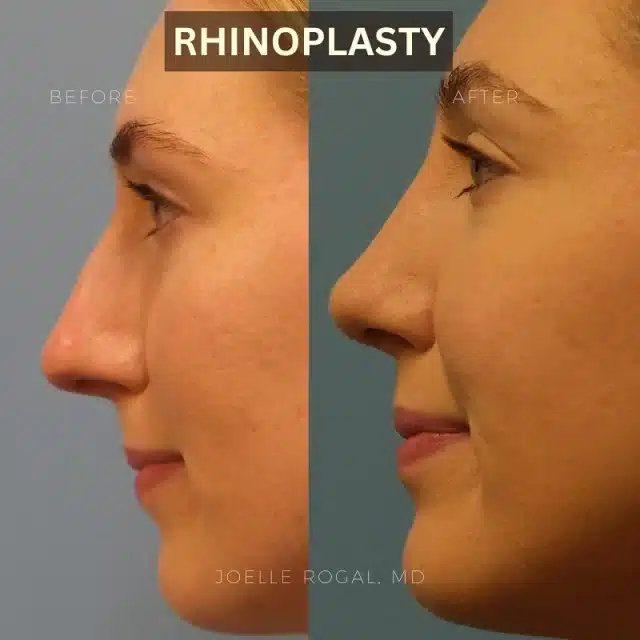
New Website Coming Soon
Facial Plastic and Reconstructive Surgery
Cosmetic Surgery Associates of NY
440 Mamaroneck Ave, Suite 412
Harrison, NY 10528
914.761.8667

ABOUT
Dr. Joelle Rogal is a double board-certified facial plastic surgeon. Her areas of expertise include surgical and non-surgical facial rejuvenation, rhinoplasty, and facial reconstruction.
TRAINING
Dr. Rogal attended Cornell University, where she graduated with a degree in biology. She then went on to obtain her medical degree at New York University School of Medicine. Subsequently, Dr. Rogal pursued surgical training in Head & Neck Surgery at the prestigious Icahn School of Medicine at Mount Sinai in Manhattan. Dr. Rogal then completed an Academy of Facial Plastic & Reconstructive Surgery fellowship at the Glasgold Group under Drs. Mark and Robert Glasgold.
PHILOSOPHY
Dr. Rogal believes that beauty is about being the best version of yourself, and that the best results are natural results without obvious signs of injectables or surgery. Using the most advanced techniques, her goal is to help you achieve a natural appearance with minimal downtime. As a physician and artist, Dr. Rogal is exceptionally skilled at identifying what contributes to an aging appearance, and recommending treatments that will help you look more youthful and refreshed. With her meticulous attention to detail, Dr. Rogal will tailor your treatment to help you feel rejuvenated.
INTERESTS
Outside of medicine, Dr. Rogal enjoys spending time with her husband and three young children. She is a longtime artist and enjoys skiing, exercise, and cooking healthy, delicious meals for her family and friends.






